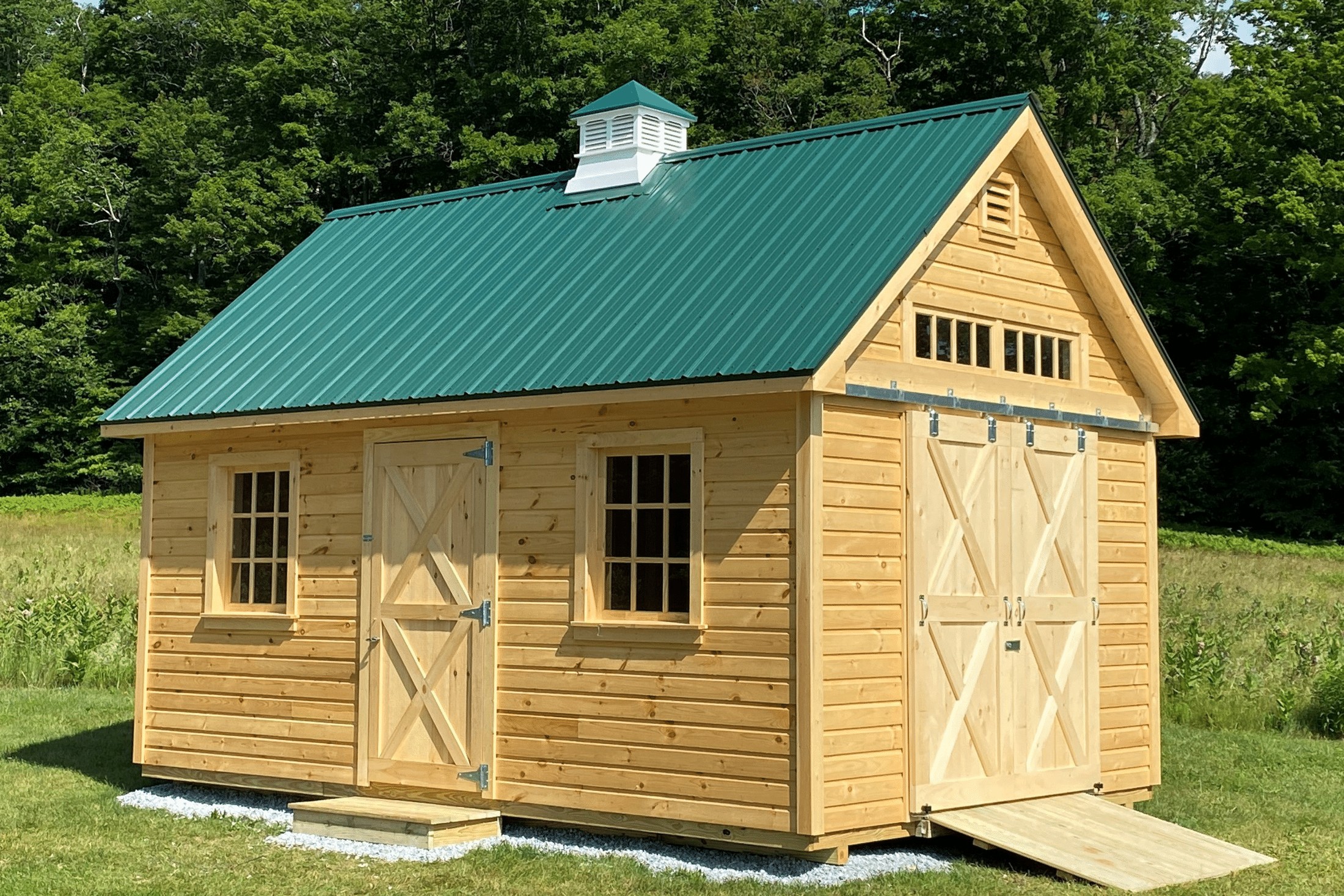
Getting unwanted fumes, smells, and temperatures out of your buildings is a must. But how do you go about getting that done? One of the best ways is by using a cupola roof vent! Let’s take a look at how this can happen.
Can You Use A Cupola As A Roof Vent?
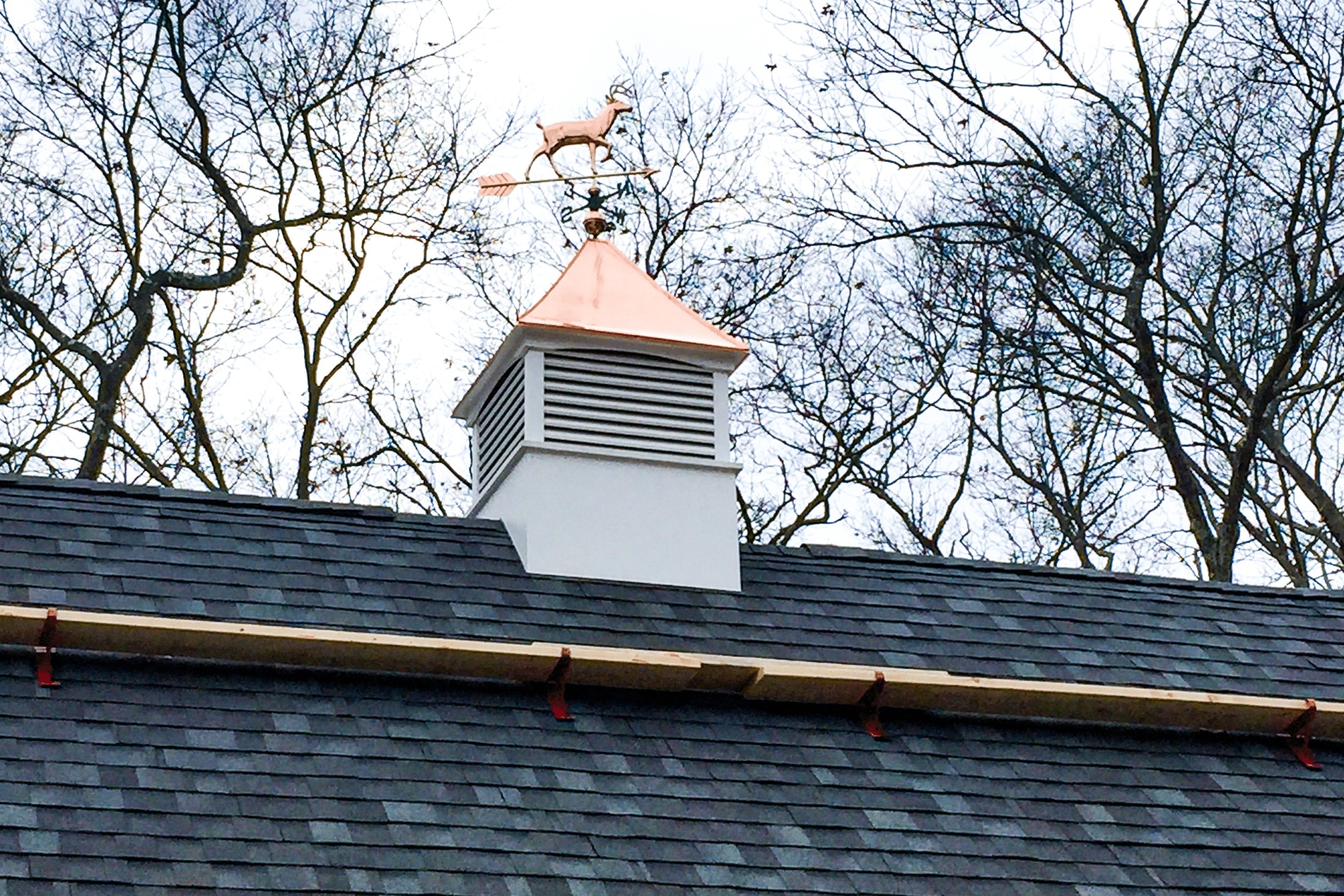
Yes! Cupolas are actually a cost-effective way to ventilate your structure. There are two styles you can utilize to vent your structure.
- Louvers
- Windows
Louvers allow for ventilation with their angled strips. These wooden or vinyl strips allow for light and air to pass through while giving the appearance of a solid structure. Think of shutters in a home. While they provide a wall between the inside and outside world, they would still allow light and ventilation to circulate in the home. It is important to note that the slats in a louvered cupola are angled in such a way that rain and direct sunlight won’t be problems.
Windows give another excellent way for cupola roof vents to circulate air in your structure. Hopefully, everyone is aware of how windows work. These small glass panes are able to be opened and closed depending on your needs.
*Some cupolas have windows that cannot be opened. Thus they will not act as roof vents. Make sure you contact your provider or business that you purchase from if you want to go that route.
Shed Cupola Roof Vents
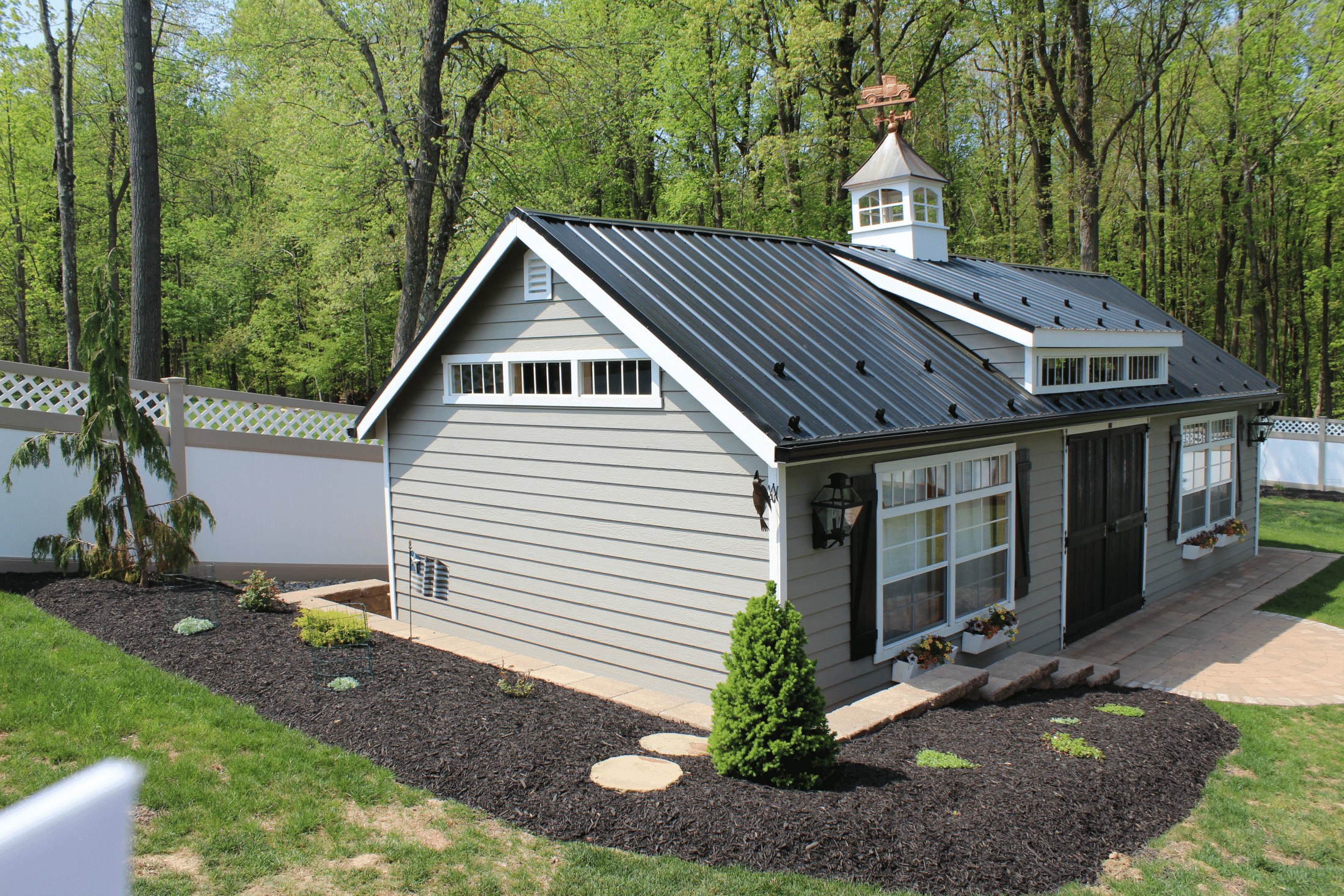
Cupolas are great for topping a shed and acting as roof vents. At times, your shed can become musty, dusty, and even possess fumes. If you are storing your lawnmower or other gas-powered equipment, it is a good idea to ventilate your shed. A cupola on top of your shed can allow for the circulation of air in your small space and act as a great piece of storage shed ventilation. Because even an open-sided structure like a pavilion can hold heat and fumes in the ceiling, it is important to have roof ventilation for a closed wall building.
Do you have different paints and sprays? Make sure you ventilate! Are you spending time in your shed because it doubles as a hobby space? Make sure to ventilate!
Garage Cupola Roof Vents
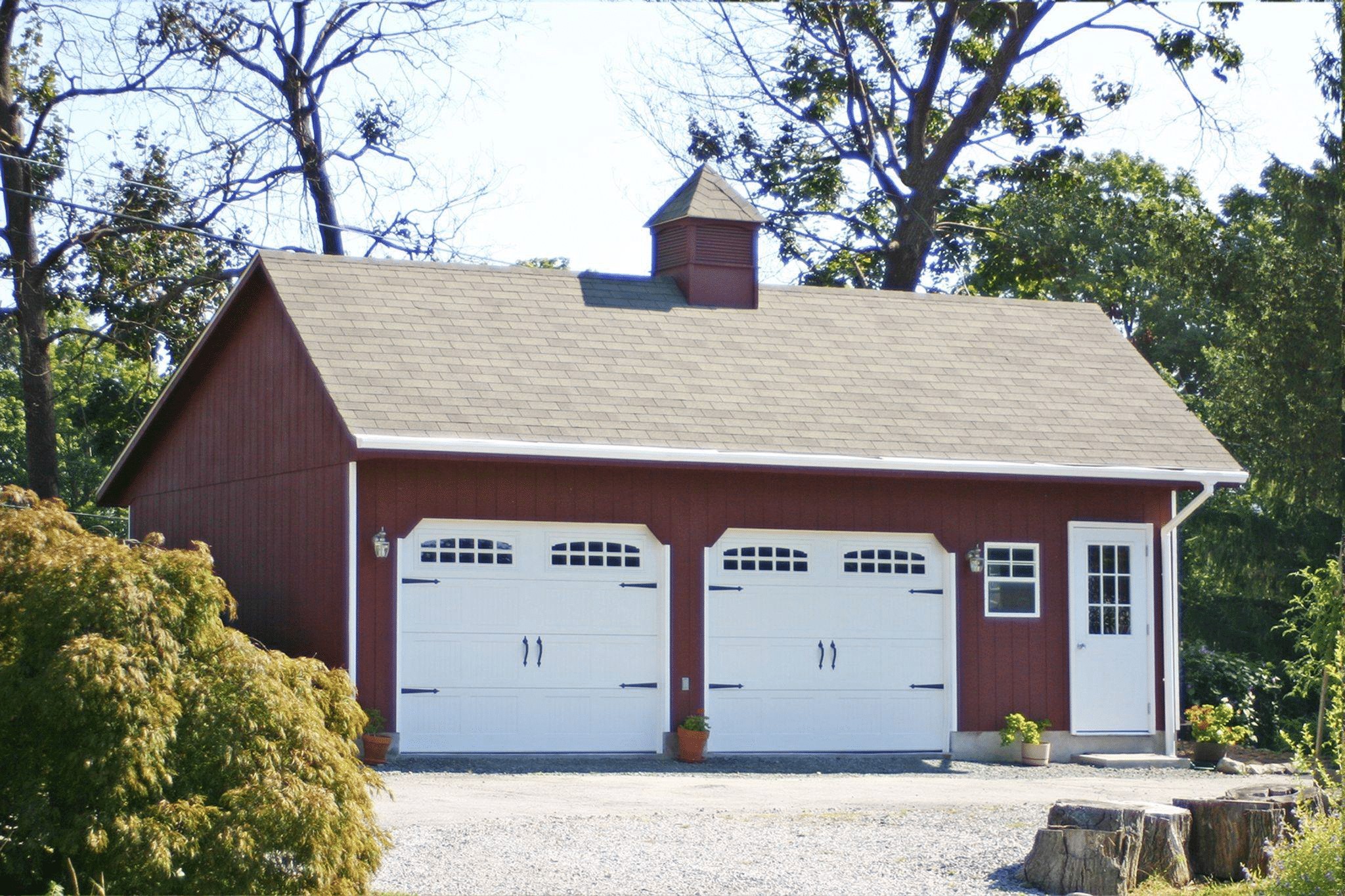
The primary responsibility of a garage is to house your cars. If you don’t have proper ventilation in your garage, it could be very harmful to your and your family. Building a detached garage can give you that extra space you need, but it can be challenging if it isn’t properly ventilated. One of the best forms of garage roof ventilation and ways to ensure you get those fumes from your car and other equipment away from the enclosed space with a cupola roof vent!
Barn Cupola Roof Vents
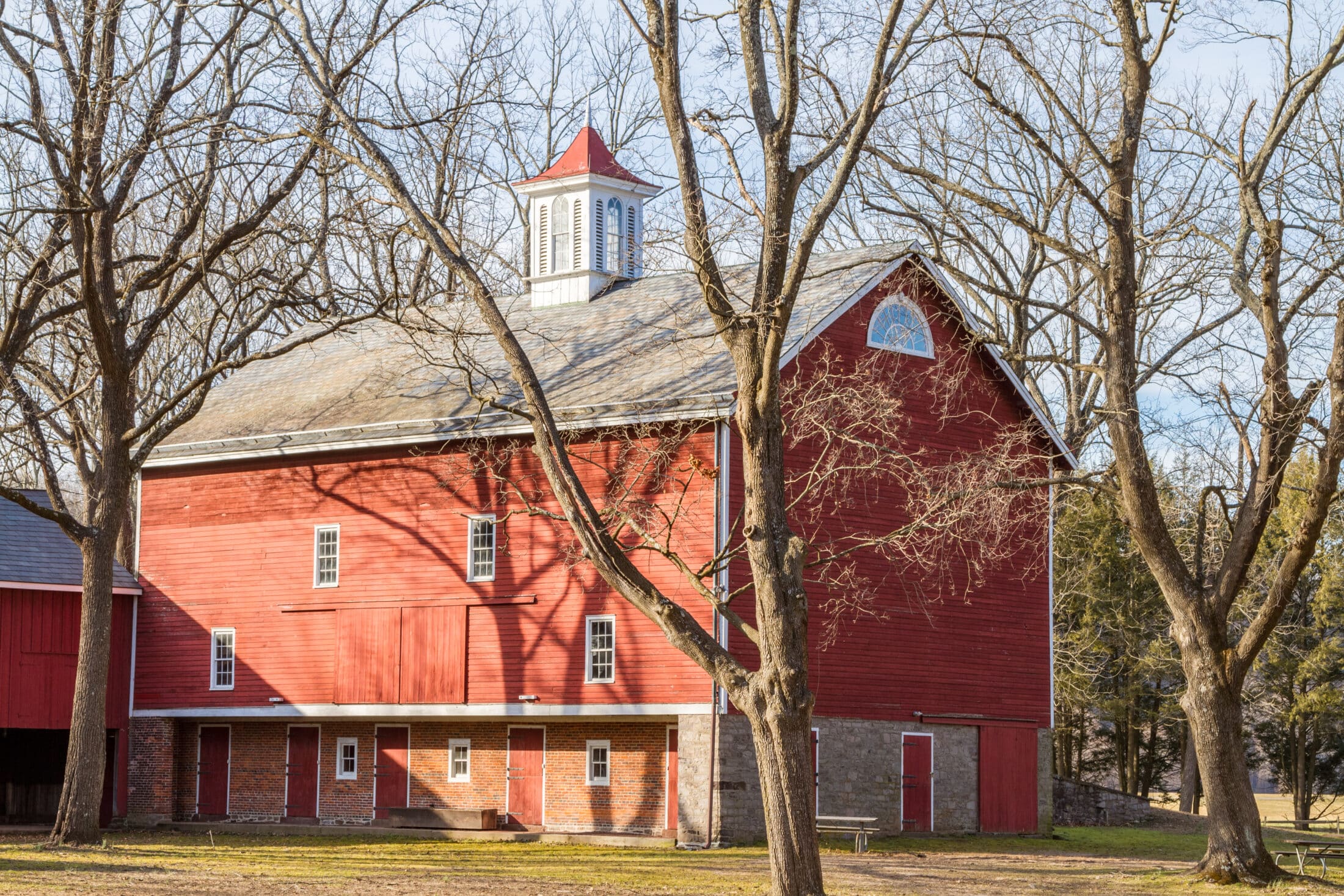
Whether crops or animals, your barn deserves some ventilation. Barns can come in many different sizes, but they all need some moving air. Did you know that your horse’s health can actually deteriorate because of a lack of proper ventilation? Ensure your animals stay healthy by getting a cupola roof vent to give them the airflow they need!
House Cupola Roof Vents
Cupolas can make great ventilation options for the attic in your home. If an attic is not adequately ventilated, it can cause damage to your roof in more ways than one. Getting excess heat out of your attic is going to be a necessity if you want to keep your roof durable for years to come. It also helps in the winter when snow would rather refreeze than harmlessly run off your roof.
Chicken Coop Cupola Roof Vents
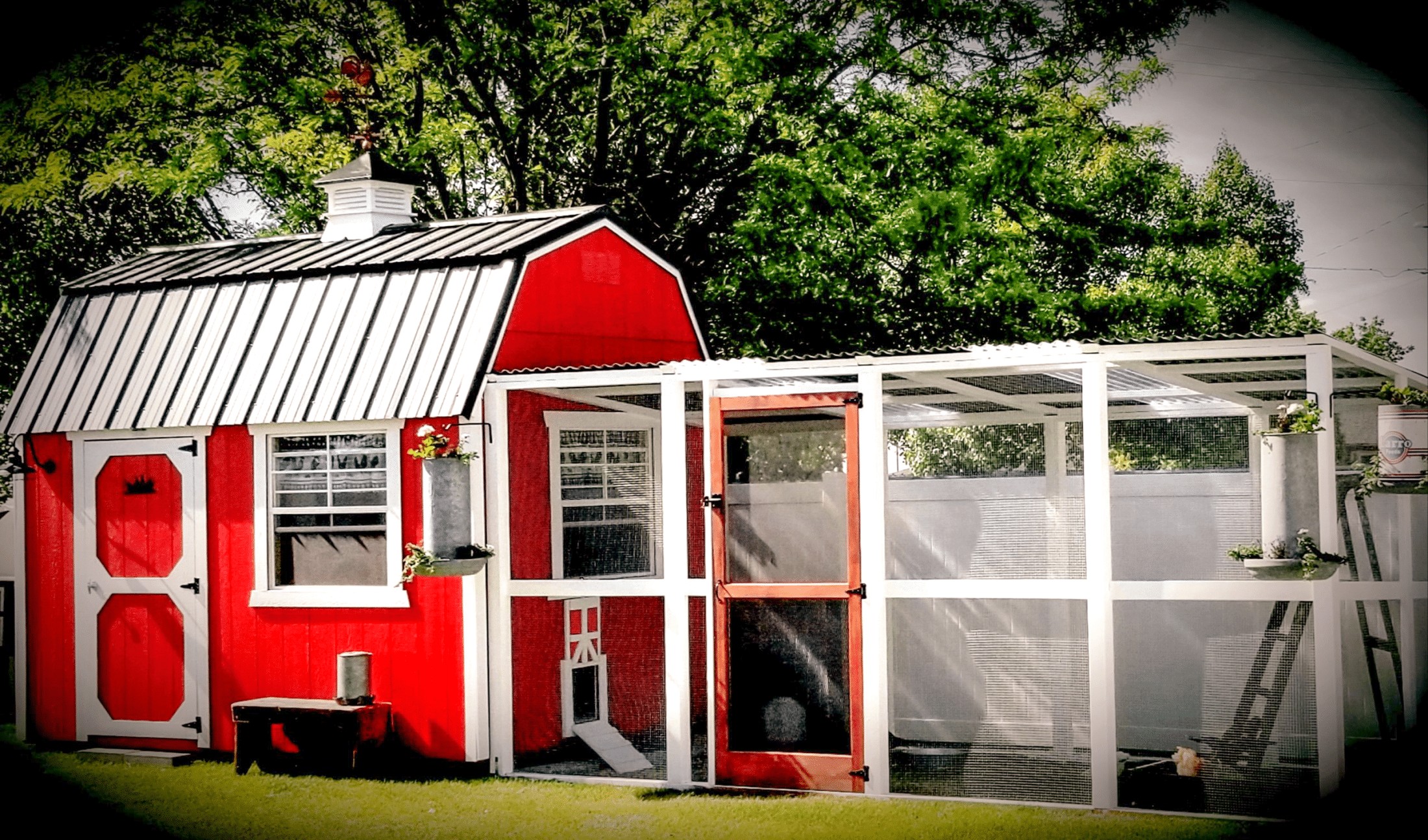
One of the buildings that may need ventilating more than anything else is the chicken coop. While small in stature, these structures pack a smell like no other. The proper ventilation of a chicken coop will allow your chickens to stay healthy and keep the coop fresh. Chickens need a lot of warm air in the summer, and cupola roof vents help them get it!
What Happens When A Roof Is Not Vented?

Multiple things can happen if your roof is not adequately ventilated.
- Excess Moisture – When moisture builds, it can cause a weakening in the structural integrity of your building. It also can be the breeding ground for mold and other bacteria we don’t want inside our structures.
- Roof Damage – Heat rises, so when it has no place to go, it can affect the roof’s durability. Roof types (like shingles) can have significantly less lifespan when heat is not funneled away.
- Wasting Energy – If you are trying to optimize the temperature of your structure below, and the heat from above is not ventilated, your air conditioner will need to work twice as hard.
- Ice Dams – The heat from the attic does a great job of causing the snow to melt on the roof, but it begins to freeze again on colder sections of the roof that are not ventilated. Above the eaves, it freezes and goes through cycles of thawing and freezing.
Other Types Of Roof Vents
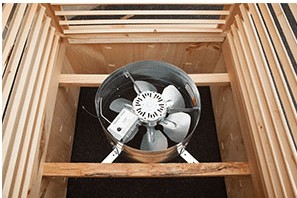
Along with cupolas, you can choose from other roof venting styles and types. Here are the three most popular ways you can vent your roof.
- Ridge Vents
Ridge vents are the best for their ability to hide themselves. Running along the top of the roof, they jut out only a fraction and can successfully reduce the moisture in your building. It can circulate the air but can be costly, depending on the timing and size of your structure.
- Soffit Vents
Soffit vents are seen at the highest section of the wall before hitting the roof. These vents generally work with ridge vents to provide maximum airflow inside your building. While not quite roof vents, they do function like other vents.
- Gable Vents
Gable vents help cool air access or leave on one side of the building while doing the same with warm air on the other. Gable vents have also been said to work well with other venting options.
Cupola Roof Vents: Pros And Cons
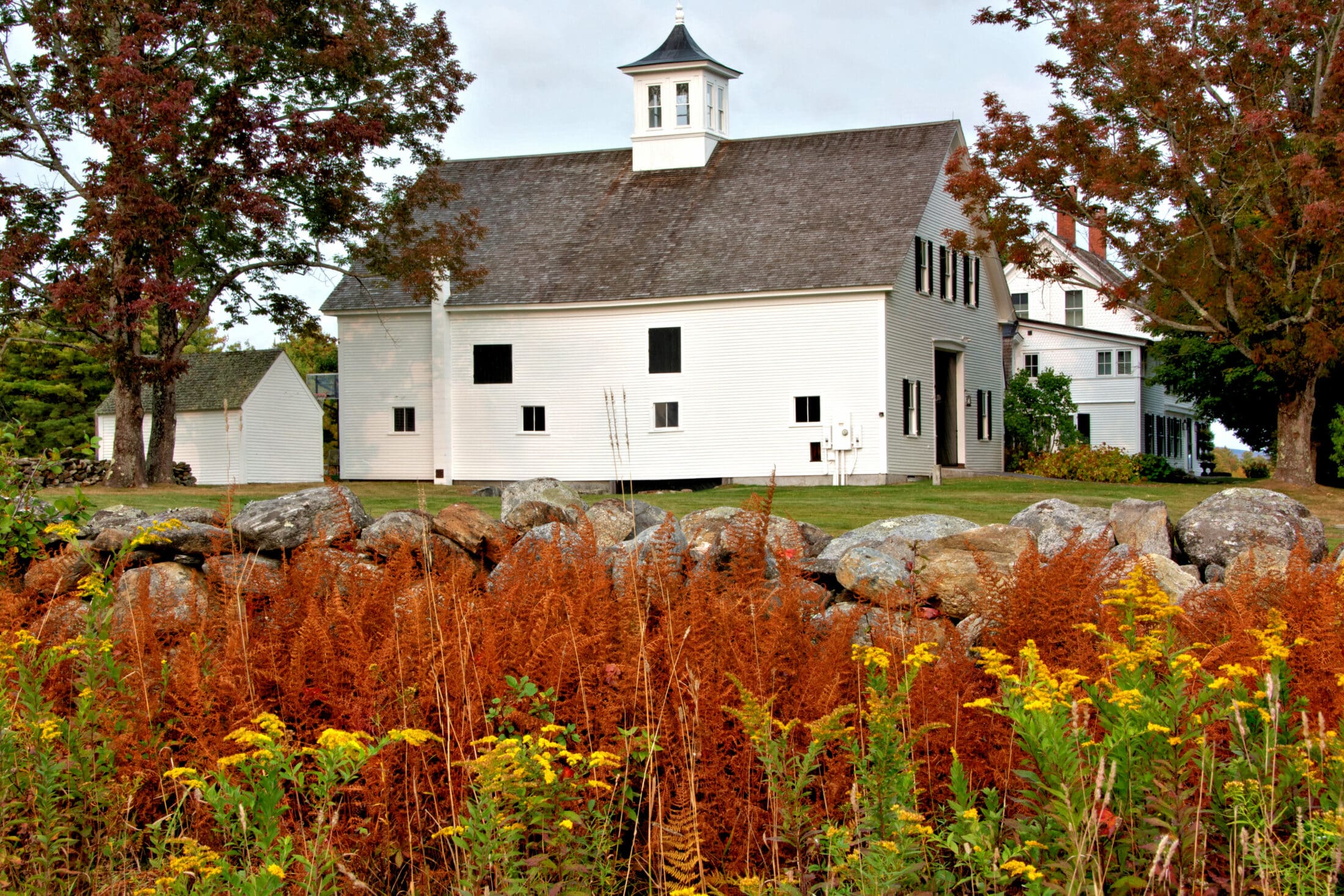
Cupola roof vents are one of the best ways to ventilate your structure, but let’s take a closer look at the pros and cons of purchasing one.
Pros:
- Can Ventilate On Their Own
- Looks And Functionality
- Less Expensive Than Adding Multiple Venting Options
- You Can Customize Them
Cons:
- Can Be More Expensive Than Multiple Other Venting Options
Cupola Roof Venting Options
Here are a few of our favorite styles of cupolas that you can use as vents on your structures.
-
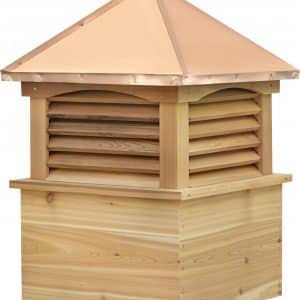 Cedar Wood Cupola with Louvers and Straight Copper Roof$620.00 – $2,439.00
Cedar Wood Cupola with Louvers and Straight Copper Roof$620.00 – $2,439.00 -
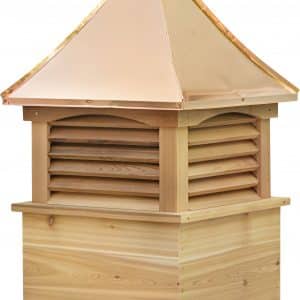 Cedar Wood Cupola with Louvers and Concave Copper Roof$650.00 – $2,490.00
Cedar Wood Cupola with Louvers and Concave Copper Roof$650.00 – $2,490.00 -
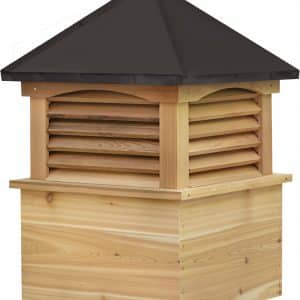 Cedar Cupola with Louvers and Straight Aluminum Roof$619.00 – $2,347.00
Cedar Cupola with Louvers and Straight Aluminum Roof$619.00 – $2,347.00 -
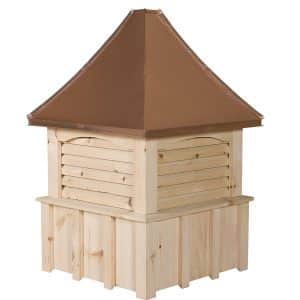 Square White Pine Cupola with Louvers and Concave Copper Roof$459.00 – $1,523.00
Square White Pine Cupola with Louvers and Concave Copper Roof$459.00 – $1,523.00 -
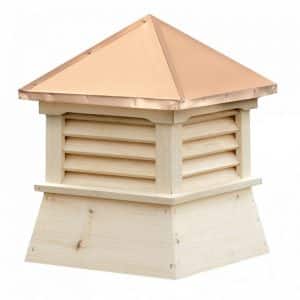 White Pine Square Cupola with Louvers and Straight Copper Roof$454.00 – $1,513.00
White Pine Square Cupola with Louvers and Straight Copper Roof$454.00 – $1,513.00 -
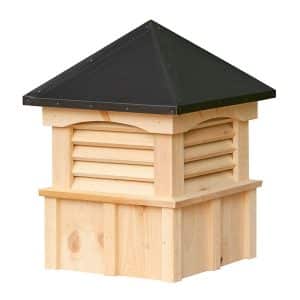 Square White Pine Cupola with Louvers and Straight Aluminum Roof$445.00 – $1,490.00
Square White Pine Cupola with Louvers and Straight Aluminum Roof$445.00 – $1,490.00
Cupola Roof Vents Conclusion
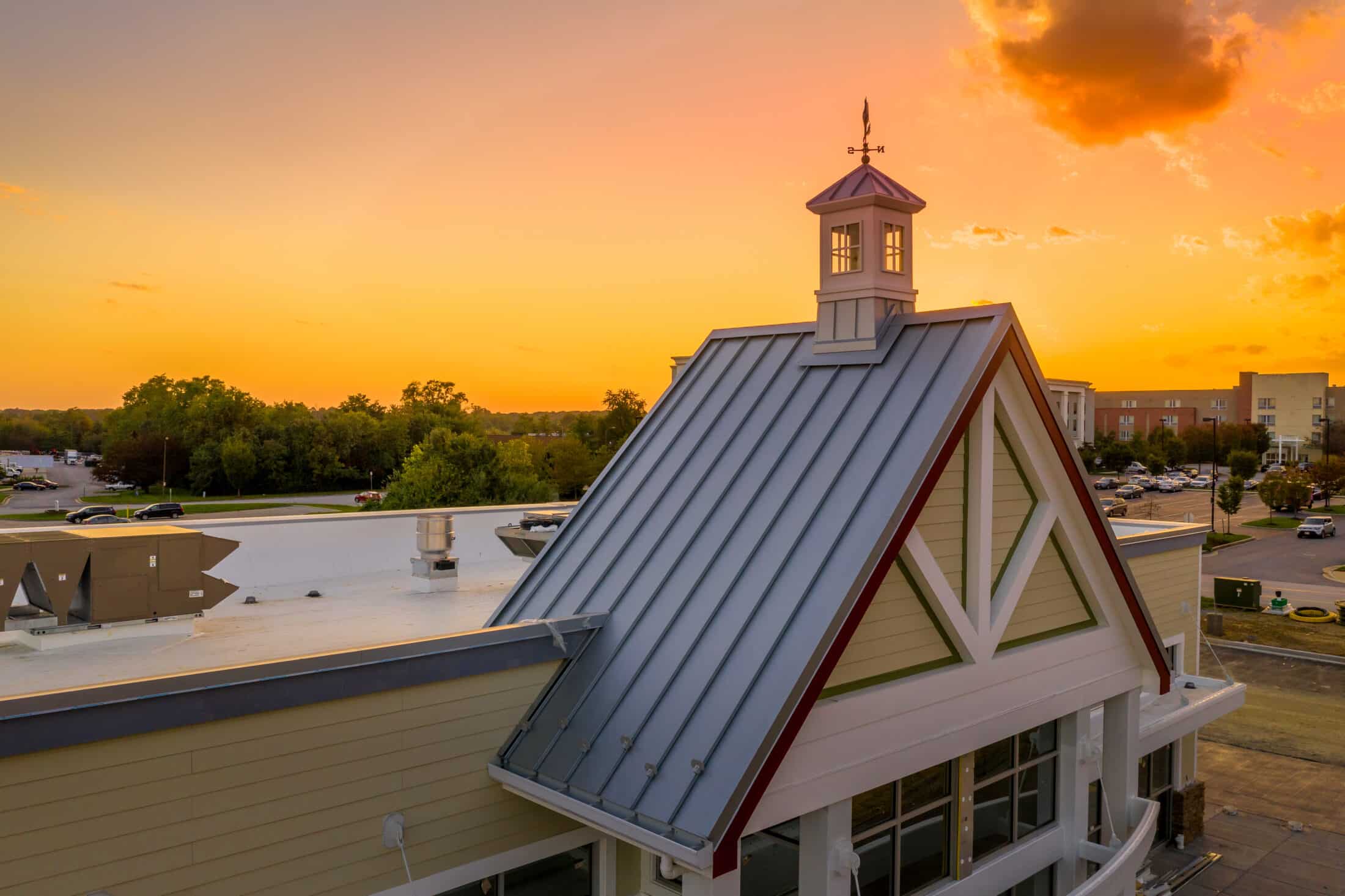
Whether you need a venting option for your home or backyard structure, a cupola can save the day and get the air where it needs to go. If you have any questions about the process of venting with a cupola or about any of our products, contact us, and we will be happy to answer your questions! Good luck!
